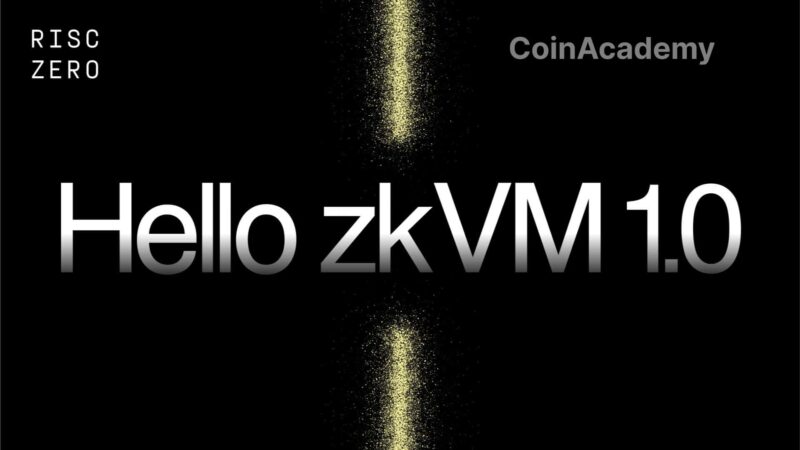A Key Bill for the Regulation of Stablecoins
The US Senate is set to examine a new legislative proposal on stablecoins, brought forth by Republican Senator Bill Hagerty. This project, called the Guiding and Establishing National Innovation in U.S. Stablecoins (GENIUS) Act, aims to establish a clear regulatory framework for the issuance of these digital assets backed by the dollar. Supported by the President of the Senate Banking Committee, Tim Scott, as well as Cynthia Lummis, who heads the subcommittee on digital assets, this bill marks a clear departure from the legislative deadlock of previous years, under the leadership of Democrat Sherrod Brown.
A Compromise Between Federal Regulation and State Supervision
One of the most sensitive issues in the regulation of stablecoins concerns the division of powers between federal and state regulators. The GENIUS Act attempts to provide a solution by defining specific responsibilities:
- The Federal Reserve would oversee large banks issuing stablecoins.
- The Office of the Comptroller of the Currency (OCC) would regulate non-bank issuers with over $10 billion in assets.
- State regulators would retain control over smaller issuers while allowing larger companies to obtain exemptions.
This compromise could facilitate the adoption of the law, although its more flexible approach risks encountering resistance from the Democratic side.
A Political Context Favorable to Crypto Innovation
The arrival of a Republican majority in the Senate significantly alters the regulatory landscape of cryptocurrencies in the United States. Unlike their predecessors, who were more inclined towards strict regulation, the new leaders of the Banking Committee are showing a willingness to adopt a more open and pragmatic approach. Cynthia Lummis has stated that she will work to get this bill adopted and signed into law.
This paradigm shift is accompanied by increased government support for the crypto industry. On the same day as the presentation of the GENIUS Act, David Sacks, the Trump administration’s crypto lead, will hold a press conference with congressional leaders to outline their roadmap for the regulation of digital assets. This intervention could give a new impetus to the Senate’s legislative agenda.
A Strategic Challenge for the Stablecoin Industry
Stablecoins occupy a central position in the crypto ecosystem, acting as a bridge between traditional finance and digital assets. Tether (USDT) dominates the global market, while Circle (USDC) remains its main competitor in the US. The establishment of a clear and balanced regulatory framework could strengthen the position of US issuers against international players and provide increased stability to users and financial institutions.




